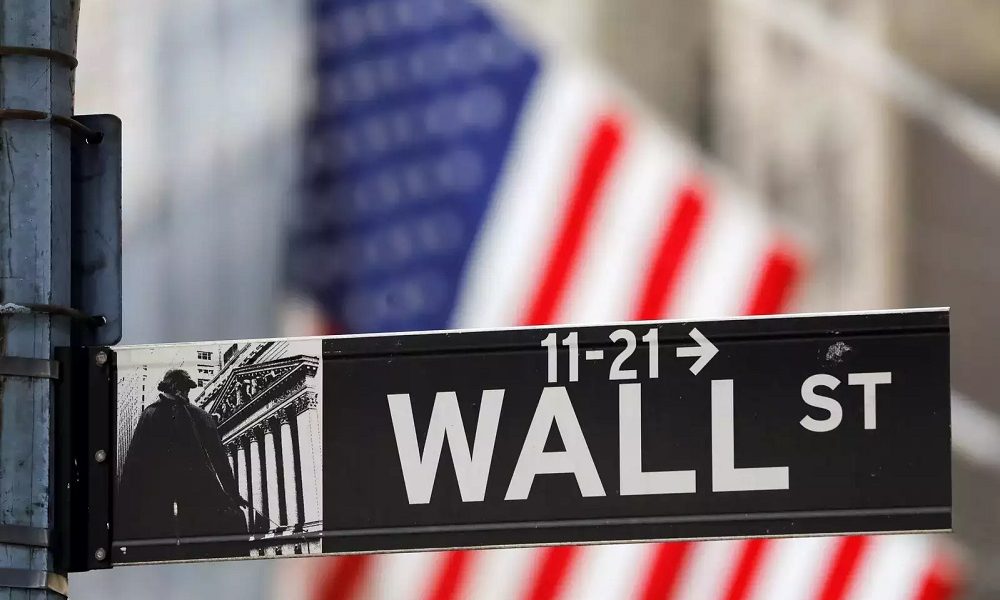
How Wall Street Profits From Renewable Energy

In the dynamic world of finance, trends come and go. Still, some financial strategies have captured our attention, like the rise of environmentally conscious investing, often called “ESG” or environmental, social, and governance factors. This movement is not only making the planet greener but is also making banks richer through tax-free renewable energy bonds.
These innovative bonds have facilitated local utilities in purchasing renewable electricity for decades. While they are undoubtedly environmentally friendly, they are even more attractive to banks seeking lucrative opportunities through inexpensive financing, trading gains, and federal tax benefits.

Times/ Getty Images | Uncle Sam is a common national personification of the federal government of the United States or the country in general
ESG’s Impressive Growth
The realm of socially responsible investing has rapidly expanded. PwC reported that ESG-related assets totaled $2.2 trillion in 2015. This figure surged to $9.4 trillion in 2020 and nearly doubled to $18.4 trillion by 2021. Sustainable bonds represent a noteworthy chunk of this growth.
Over the past two years, more than 400 bonds were issued per quarter globally, totaling over $1.7 trillion, according to the London Stock Exchange’s Refinitiv group. While Europe has outpaced the U.S. in green bond issuance, a wave of new green bonds is on the horizon for the American market.
Unveiling ESG-Certified Municipal Bonds
Amid this landscape, a captivating sector has emerged: ESG-certified municipal bonds. These bonds are specially crafted to enable local communities to prepay for renewable electricity for an extended period.
Monica Reid, the founder of Kestrel, a company that verifies bonds’ “social,” “green,” or “sustainable” credentials, reports that the U.S. has witnessed a staggering issuance of $85 billion worth of these municipal bonds in the last two years. With her team’s scrutiny, almost one-third of these bonds were certified.
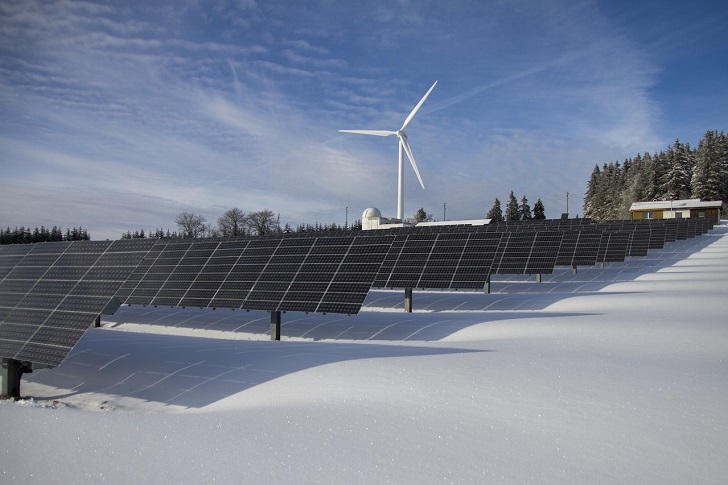
Pixabay/ Pexels | Ten states have embraced the concept of Community Choice Aggregators
However, municipal bonds aren’t solely a realm of green and sustainability. Reid emphasizes that the muni market also finances less eco-friendly endeavors, such as coal ash dumps and toll roads. Kestrel adopts a meticulous approach, adhering to a “do-no-harm” criterion to ensure investments align with environmentally responsible values.
California’s Green Bond Boom
As often is the case with environmental trends, California is at the forefront of the movement. Over the last 14 months, financial giants like Goldman Sachs and Morgan Stanley have secured approximately $2.7 billion from Northern California’s ultra-green electric power agencies.
In a symbiotic relationship, these power agencies issue tax-free municipal bonds, certified by entities like Kestrel, and the banks promise to inject 2.2 million megawatt hours of renewable energy, harnessed from solar, wind, and hydropower, into California’s power grid annually.
The Winners and the Loser
This partnership reaps rewards for various stakeholders. Banks enjoy favorable loans for their ventures, Californians gain the power to choose their electricity provider, and investors find solace in supporting eco-conscious endeavors backed by reputable financial institutions.
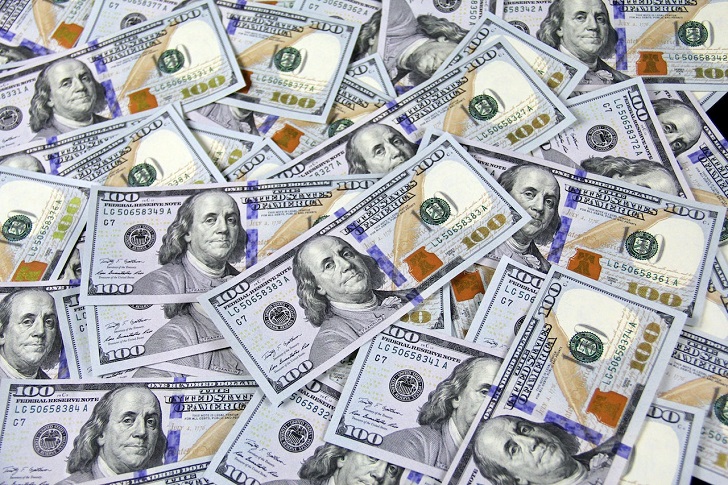
John Guccione/ Pexels | With these funds, the banks have the freedom to invest as they see fit
However, one loser emerges amid this sea of winners: Uncle Sam. Banks often pay federal tax in the face of similar structured corporate debt; yet, when raising funds through municipal prepaid green electricity deals, they enjoy tax exemption. This strategy could result in billions of dollars in hidden annual subsidies to affluent Wall Street banks.
Empowering Local Electricity Cooperatives
California isn’t alone in this journey. Ten states have embraced the concept of Community Choice Aggregators, empowering local electricity-purchasing cooperatives. These co-ops, exemplified by names like Marin Clean Energy and Silicon Valley Clean Energy, facilitate direct contracts with renewable energy producers.
However, managing complex contracts with financial parties proves daunting for these co-ops. To overcome this challenge, entities like the California Community Choice Financing Authority (CCCFA) step in, issuing tax-free municipal bonds to prepay for decades of green electricity.
In 2022, the CCCFA partnered with banks like Morgan Stanley and Goldman Sachs, raising $2.7 billion in Clean Energy Project Revenue Bond deals.
More inFinancial Advisory
-
How Blue Zone Living Can Help You Live a Happier & Healthier Life
Have you ever dreamt of living a life that is not just longer but richer in health and happiness? Well, get...
March 4, 2024 -
Why Financial Advisors Need to Be More Flexible & Adaptable
Today, the call for financial advisors to embrace flexibility and adaptability has been louder than ever before. Gone are the days...
February 29, 2024 -
Looking to Invest Like Warren Buffett? Try Public Storage (NYSE: PSA)
When it comes to investment strategies, few names are as revered as Warren Buffett’s. The Oracle of Omaha is known for...
February 20, 2024 -
Everything You Need to Know About Reverse Mortgages
Imagine if your home, your cozy refuge from the world, could also be your golden goose. No, it won’t start laying...
February 13, 2024 -
Living With Less and Loving More: A Modern Woman’s Guide to Minimalism
In a world overflowing with choices, where trends scream for attention and “more” seems to be the mantra, the allure of...
February 6, 2024 -
Long-term Investment Thrives Despite Unpredictable Stock Market Fluctuations
The journey of the stock market is akin to navigating through a constantly changing seascape. From the highs of early 2022...
January 31, 2024 -
Can Big Tech Reverse the Stock Market Downtrend?
Big tech stocks have influenced the financial markets over the past week. Nvidia spearheaded this influence with its impressive performance. Despite...
January 24, 2024 -
Buying Your Dream House? Embrace Climate Change as the New Reality
Home buying and selling is undergoing a dramatic transformation, thanks to climate change. This global issue is no longer an abstract...
January 16, 2024 -
How to Keep Your Bread Fresh & Tasty For Long? 6 Creative Ways
Let’s talk about something we all dread – moldy bread. It is not just about the unappetizing look. Mold on bread...
January 10, 2024









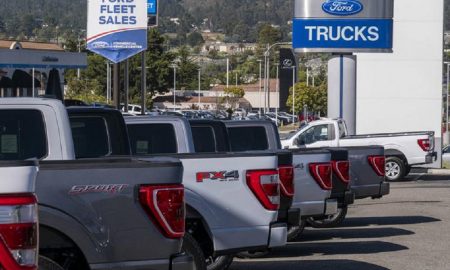


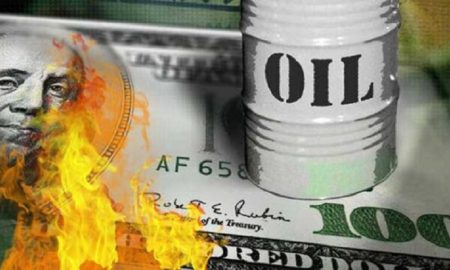

You must be logged in to post a comment Login